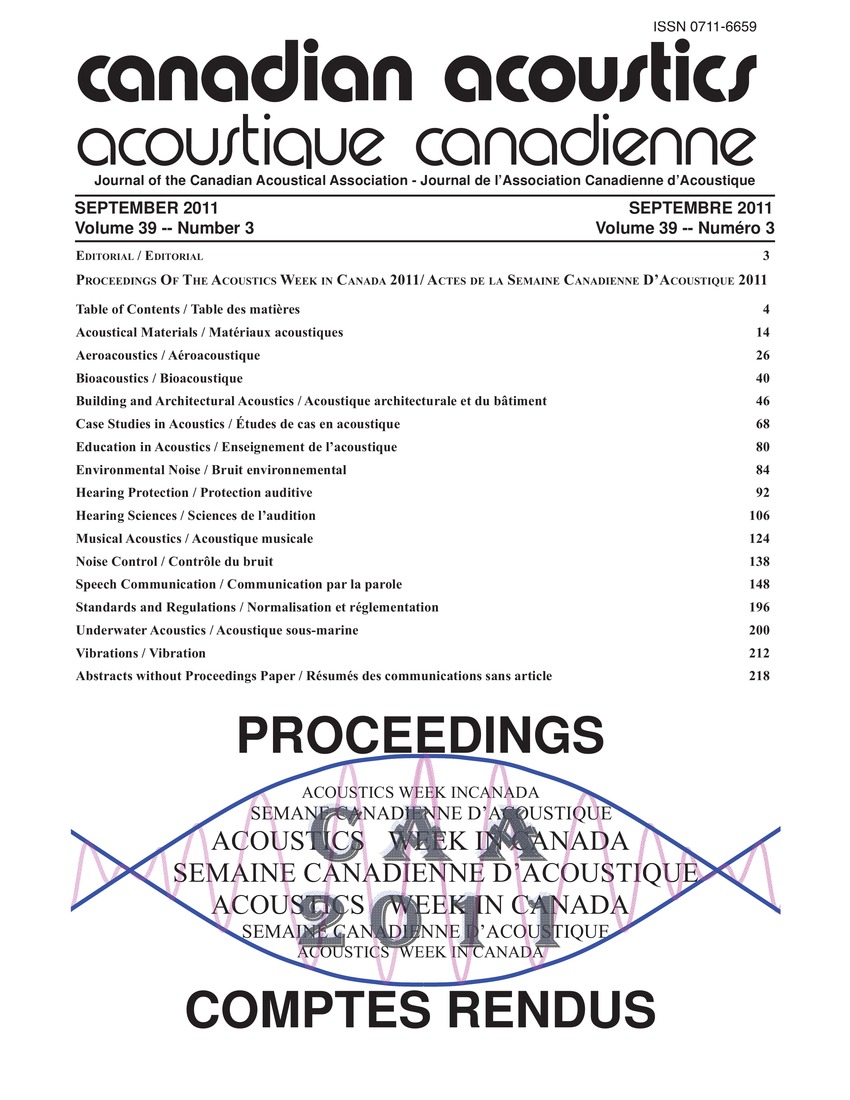Cochlear evanescent liquid sound-pressure waves during spontaneous Oto-Acoustic emissions
Keywords:
Laplace equation, Surface waves, Basilar membranes, Box models, Liquid particle, Mechanical coupling, Newton's second law, Surface massAbstract
Liquid particles having a no-wave location on one of these streamlines stay on that line during their oscillation. The evanescent liquid sound-pressure wave described in Section 2.2 fulfils the Laplace equation. It is however incompatible with Newton's second law applied to the friction-less passive basilar-membrane (BM) elements of a cochlear box model with x-independent BM stiffness S and BM surface mass density M and with negligible direct mechanical coupling of the BM elements. In the real cochlea, slow traveling surface waves of given frequency are impossible at the without-liquid BM resonance place for that frequency, but are possible at the corresponding with-liquid resonance place, which is more basal by typically 0.24 octave distance.Additional Files
Published
How to Cite
Issue
Section
License
Author Licensing Addendum
This Licensing Addendum ("Addendum") is entered into between the undersigned Author(s) and Canadian Acoustics journal published by the Canadian Acoustical Association (hereinafter referred to as the "Publisher"). The Author(s) and the Publisher agree as follows:
-
Retained Rights: The Author(s) retain(s) the following rights:
- The right to reproduce, distribute, and publicly display the Work on the Author's personal website or the website of the Author's institution.
- The right to use the Work in the Author's teaching activities and presentations.
- The right to include the Work in a compilation for the Author's personal use, not for sale.
-
Grant of License: The Author(s) grant(s) to the Publisher a worldwide exclusive license to publish, reproduce, distribute, and display the Work in Canadian Acoustics and any other formats and media deemed appropriate by the Publisher.
-
Attribution: The Publisher agrees to include proper attribution to the Author(s) in all publications and reproductions of the Work.
-
No Conflict: This Addendum is intended to be in harmony with, and not in conflict with, the terms and conditions of the original agreement entered into between the Author(s) and the Publisher.
-
Copyright Clause: Copyright on articles is held by the Author(s). The corresponding Author has the right to grant on behalf of all Authors and does grant on behalf of all Authors, a worldwide exclusive license to the Publisher and its licensees in perpetuity, in all forms, formats, and media (whether known now or created in the future), including but not limited to the rights to publish, reproduce, distribute, display, store, translate, create adaptations, reprints, include within collections, and create summaries, extracts, and/or abstracts of the Contribution.


